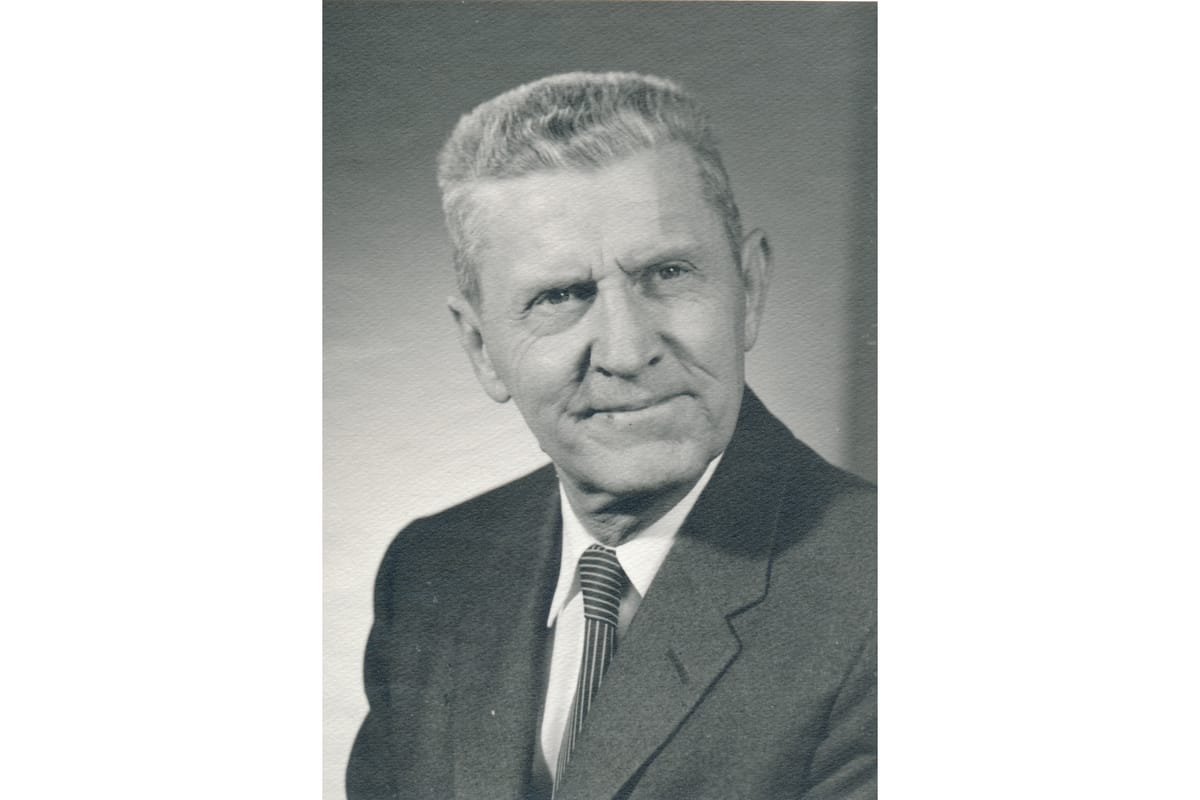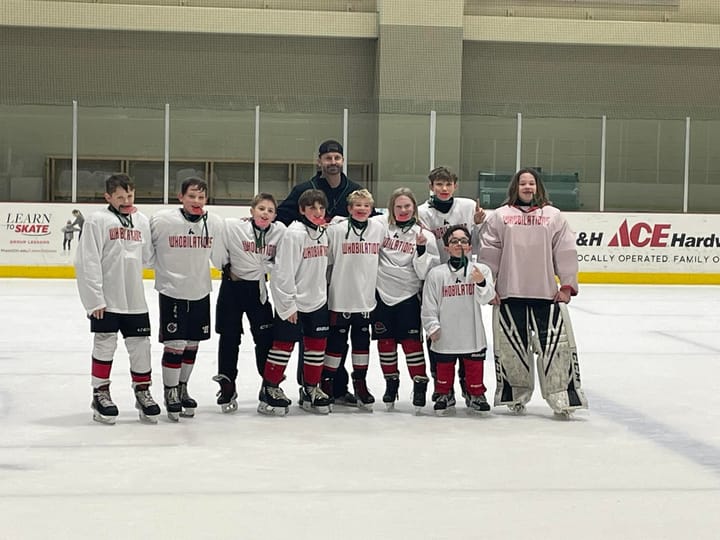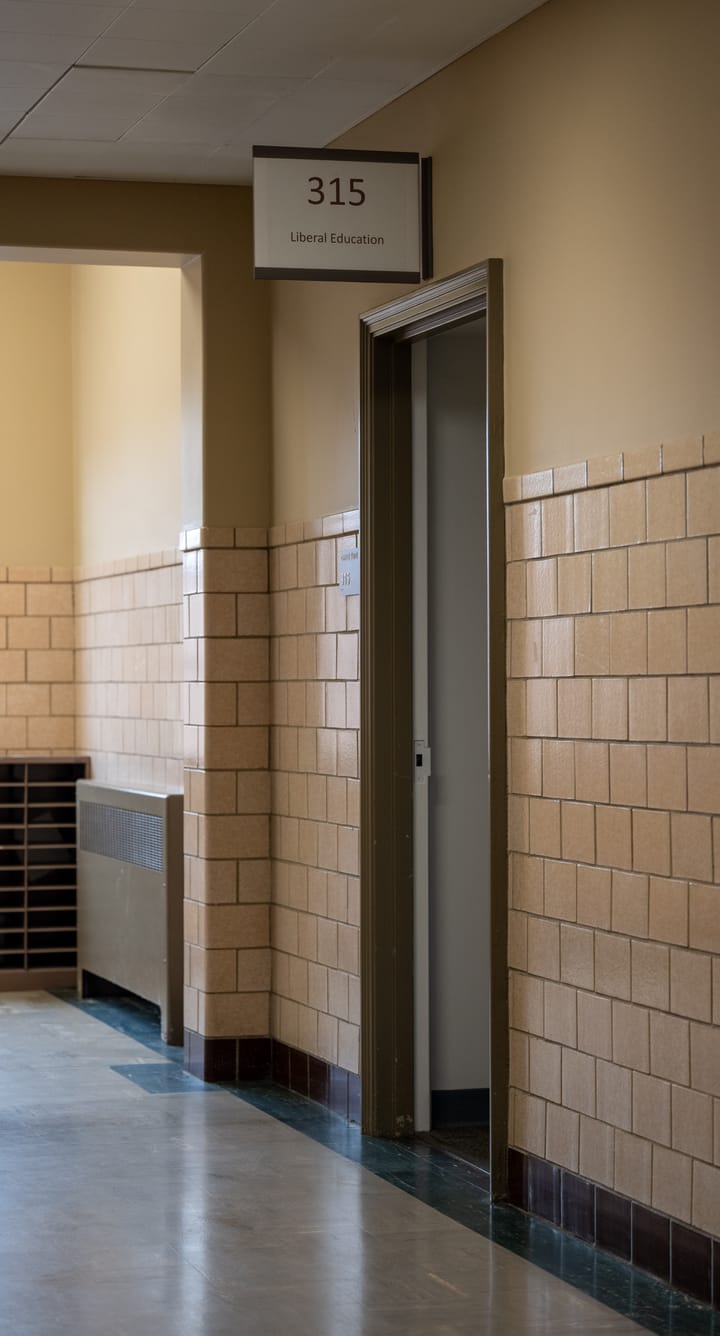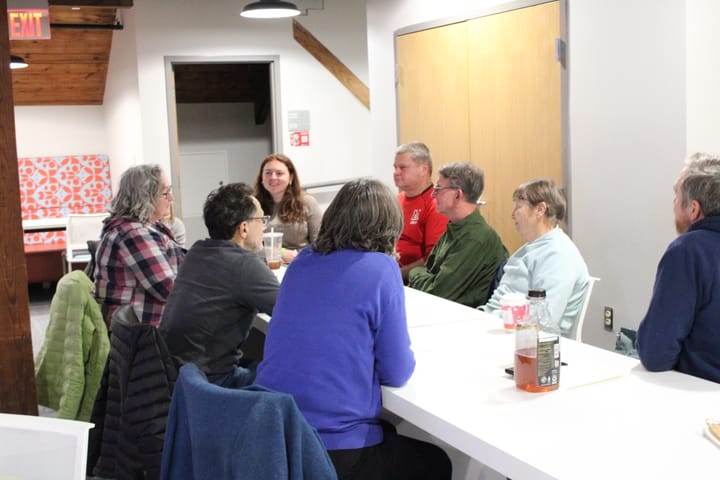Local Legends: The only doc in town
Fred Fogel Shepard took care of the residents of College Corner for decades as the only medical doctor in town in the mid-1900s.

Fred Fogel Shepard went from being an Indiana farm boy to a big city medical student to the only physician in College Corner.
A native of Shelby County, Indiana, Shepard was born in the town of Hendricks on Sept. 13, 1903. His parents, George W. and Morgareti C. Shepard, ran the family farm where he was raised.
Shepard graduated from the local school in 1918 and started his undergraduate studies in biology at Franklin College. He helped lead the freshman debate team to victory over the school’s seniors while there and graduated in 1926. After that, Shepard moved to New York City to attend medical school at the New York Homeopathic Medical College and Flower Hospital.
Shepard married fellow Hoosier Bessie (Reuff) Shepard on Jul. 25, 1928. They are shown on the census together in Manhattan two years later, where he worked as a telephone operator for a hospital and she worked as a hospital clerk.
Shepard earned his M.D. on June 2, 1931, and traveled to Cincinnati for a one-year internship at Bethesda Hospital. Having spent 14 years of his life as a college student, he finally gained an opportunity to settle down and open a private practice in 1932.
That year, he and Bessie were making their way to Liberty, Indiana, where Shepard hoped to establish himself as a physician, when they stopped in College Corner. There they found that the small town, which was in the midst of the Great Depression and far removed from the hustle and bustle of New York City, was in need of a doctor.
Shepard opened up an office attached to his new family home at 200 West Liberty Street, just two blocks away from the Ohio-Indiana line, soon after. The Shepards spent over 40 years in College Corner, raising their family there and serving patients in both states and all three counties making up the small community and its surrounding areas.
Shepard quickly gained a reputation for taking good care of his patients, including a case where 2-year-old twin girls were bitten by a rabid stray cat. With the help of deputy sheriff Rex Gilmore, Shepard was able to catch the cat and confirm that it was positive for rabies. He then administered to the twins a fourteen step vaccine, which had to be shipped from Indianapolis, and was ultimately credited with saving the girls’ lives.
The Shepard family grew to include two daughters, Marilyn (Shepard) Cassidy and Charlotte (Shepard) Sharpe. The family regularly took part in the many social events of College Corner, especially those of the First United Presbyterian Church where Bessie in particular was involved with several of the church's clubs and service groups.
In addition to being a member of the Wayne-Union Medical Society, Shepard also joined the American Medical Association and the Indiana State Medical Association, eventually becoming a senior member of the latter organization. As the area organized civil defense units in the World War II period, Shepard volunteered for the Union County Citizens Defense Corps, becoming the chief of the organization’s emergency medical services.
With Daisy and Elizabeth McCullough and Benjamin Hyde’s gifts coming to fruition, construction started on Oxford’s McCullough-Hyde Memorial Hospital in 1955. The following year, Shepard was invited to serve on the hospital staff, making him one of the hospital’s original doctors when it opened in 1957.
Shepard eventually rose to be the chief of staff of McCullough-Hyde, and he was publicly thanked by patients in the Oxford Press on multiple occasions for the care he provided during their hospital stays.
On Aug. 4, 1964, Shepard lost his daughter Marilyn after an extended battle with cancer. He became a supporter of the American Cancer Society for the remainder of his life.
College Corner organized a public event to thank Shepard for his 35 years of service in September 1967, dedicating a week of that month as “Fred Shepard Week.” They strung a banner across the town’s main roadway and held a reception with 500 attendees featuring a speech by Indiana Governor — and friend and former classmate of Shepard’s — Roger D. Branigin.
However, Shepard’s career wasn’t yet over and he continued to practice medicine. In 1972, while acting as a deputy Union County coroner, Shepard responded to the scene of a tragic accident in Cottage Grove where he had to pronounce a 14-year old girl dead of carbon monoxide poisoning.
Two years later, Shepard received a major honor during McCullough-Hyde’s 1974 Christmas party. To Shepard’s surprise, his family had been secretly invited to the party for the announcement that the new medical library being created as part of an addition to the hospital would be named the “Fred F. Shepard, M.D. Medical Library.”
Bessie was not there to celebrate with him, having died on March 3, 1973 at age 70. Shepard joined her in College Corner Cemetery following his death on June 2, 1975. His obituary in the College Corner News was published on the front page and headlined with “Dr. Fred Shepard Dies; Beloved Area Physician.”
At the time of his death, he was the only physician in College Corner. Dr. John T. Hinton, another new doctor, and Hoosier, who had just completed his residency at Dayton’s Grandview Hospital, occupied Shepard’s former home and office in College Corner in 1979.
Brad Spurlock is the manager of the Smith Library of Regional History and Cummins Local History Room, Lane Libraries. A certified archivist, Brad has over a decade of experience working with local history, maintaining archival collections and collaborating on community history projects.




